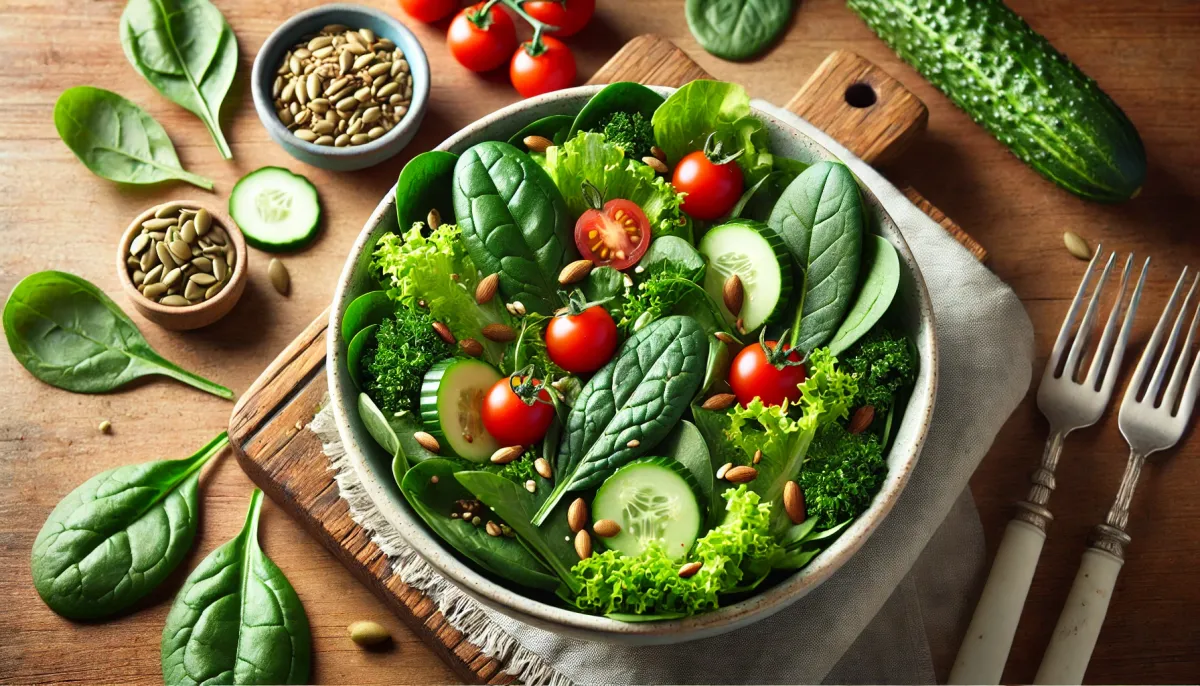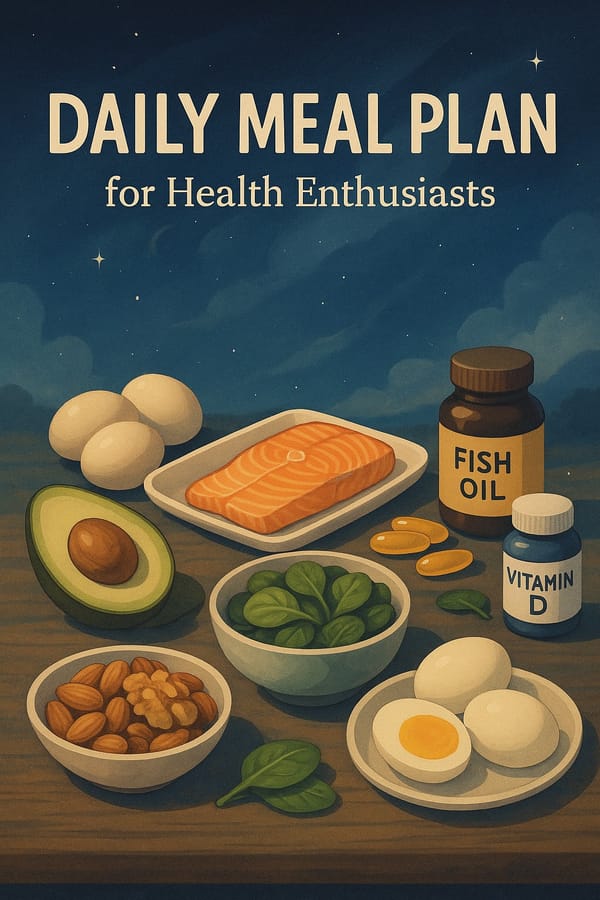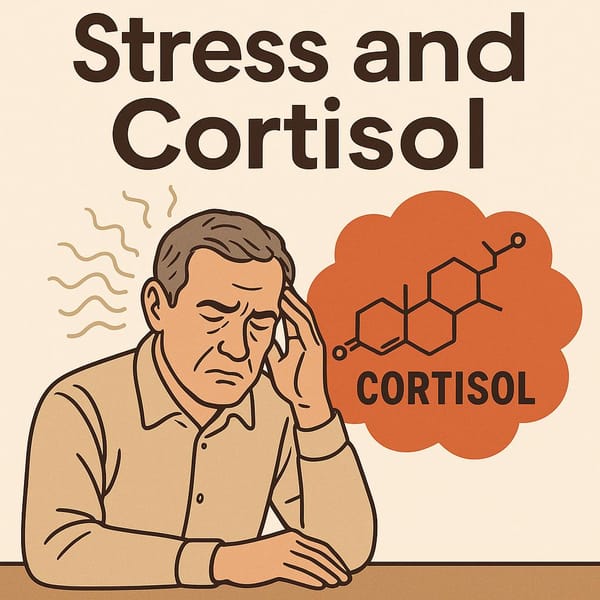Consuming Green Vegetables: Oxalate Risks, Kidney Stones, and Safe Practices

Introduction: Ever wondered how healthy green vegetables really are?
Many people choose green leafy vegetables for their health benefits as they are rich in vitamins, folate, and essential minerals. However, have you heard about oxalates in vegetables? Some may have come across information linking oxalates to kidney stones. What is the truth? This article dives into the details of oxalates in green vegetables and provides tips on how to consume them safely.
What Are Oxalates, and How Are They Related to Kidney Stones?
1. Oxalates in Green Vegetables
Oxalates are naturally occurring compounds found in many foods, especially green leafy vegetables such as spinach, kale, and beet greens. When consumed, oxalates can bind with minerals like calcium in the body, forming calcium oxalate crystals, which may accumulate in the kidneys and lead to stone formation.
2. Formation of Kidney Stones
Kidney stones are formed when minerals and chemicals in urine become highly concentrated. Oxalates are a major contributor, particularly when consumed in large amounts and paired with inadequate hydration, increasing the risk of crystal formation.
Nutritional Value of Green Vegetables
1. Folate in Green Vegetables
Green leafy vegetables are a rich source of folate, a B-vitamin essential for producing red blood cells and supporting brain health. It is especially crucial for pregnant women, as folate helps prevent neural tube defects in babies.
2. Other Vitamins and Minerals
- Vitamin A: Promotes eye health
- Vitamin C: Boosts the immune system
- Calcium: Strengthens bones and teeth
Despite their numerous benefits, overconsumption of certain vegetables without proper preparation can increase the risk of kidney stones due to high oxalate content.
How to Reduce Oxalate Risks
1. Choosing the Right Vegetables
Different vegetables contain varying levels of oxalates. For example:
| Vegetable | Oxalate Content (mg/100g) | Consumption Advice |
|---|---|---|
| Spinach | 750 | Limit to 50-100g per meal |
| Beet Greens | 675 | Limit to 50-100g per meal |
| Kale | 110 | Consume 100-200g per meal |
| Broccoli | 10 | Consume 100-200g per meal |
| Water Spinach | 25 | Consume 100-200g per meal |
2. Cooking Methods
Preparing vegetables properly can significantly reduce oxalate content:
- Blanching or boiling: Reduces oxalates by 30-50%.
- Soaking: Soaking vegetables in water before cooking helps extract some oxalates.
3. Increase Water Intake
Staying well-hydrated dilutes oxalate concentration in urine, reducing the risk of kidney stone formation.
4. Add Calcium-Rich Foods
Consuming calcium-rich foods, such as milk or yogurt, alongside high-oxalate vegetables can reduce oxalate absorption in the body.
Recommended Portions Per Meal
To minimize oxalate risks, stick to these portion guidelines:
- Low-oxalate vegetables: Consume 1-2 cups (100-200g) per meal.
- High-oxalate vegetables: Limit to 1/2 cup (50-100g) per meal, and prepare using methods that lower oxalate content, such as blanching or boiling.
Listen to your body, and if you have kidney-related issues, consult your healthcare provider for personalized advice.
Tips for Safe Consumption of Green Vegetables
- Eat a variety: Rotate different types of vegetables in your meals to avoid excessive oxalate intake.
- Prepare vegetables properly: Wash and cook them to reduce oxalate levels.
- Stay hydrated: Drink at least 8 glasses of water daily to maintain healthy kidneys.
- Consult your doctor if needed: If you have a history of kidney stones, seek medical advice before making dietary changes.
Conclusion: Green Vegetables Are Healthy but Consume Them Wisely
Green vegetables are a fantastic source of nutrition, but knowing how to choose and prepare them properly can help mitigate the risks associated with oxalates. What are your tips for enjoying green vegetables safely? Share with us in the comments below!



